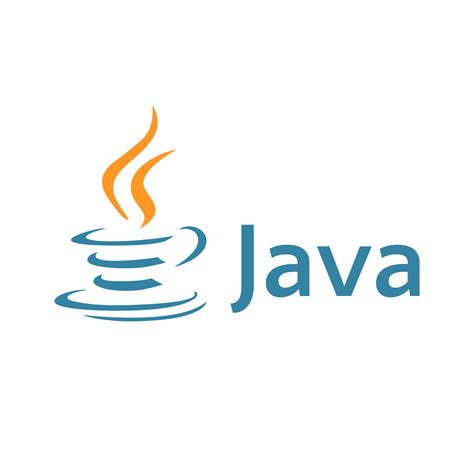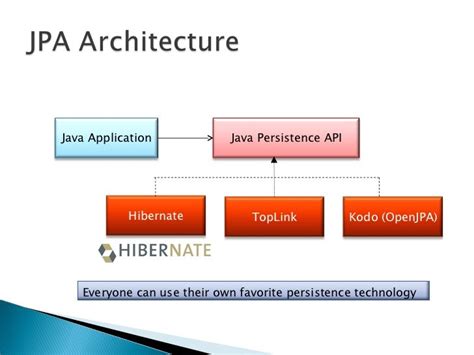spring boot clone entity Introduction. When we want to copy an object in Java, there are two possibilities that we need to consider, a shallow copy and a deep copy. For the shallow copy approach, we only copy field values, therefore the copy might be dependant on the original object. Dancer job quest for Shadowbringers.Recorded during 6.3 patch.--© 2010 - 2024 SQUARE ENIX CO., LTD. All Rights Reserved.ENDWALKER, SHADOWBRINGERS, STORMBLOOD.
0 · java
1 · how to clone a jpa object using persistance
2 · The best way to clone or duplicate an entity with JPA and Hibernate
3 · How to Make a Deep Copy of an Object in Java
4 · How to Clone a JPA Entity
5 · Getting Started
6 · Generate or synchronize JPA/Hibernate entities from
7 · Defining JPA Entities
8 · Best Practices: Entity Class Design with JPA and Spring Boot
Lvl 60 - Spellbound [934128 XP] - 1 Koppranickel Index. Lvl 60 - Magic Beans [226774 XP] - 1 Growth Formula Eta* Lvl 62 - Scroll Down [494039 XP] - 3 Grade 1 Reisui of Intelligence. Lvl 62 - Official Strategy Guide [979478 XP] - 1 Gyuki Leather Codex. Lvl 62 - Materia Worth [242445 XP] - 3 Potent Spiritbond Potion*Lv. 35: Increases Oath Gauge by 5 each time an auto-attack lands. Chivalry: Lv. 58: Restores MP when using Riot Blade or Spirits Within. Rage of Halone Mastery: Lv. 60: Upgrades Rage of Halone to Royal Authority. Divine Magic Mastery: Lv. 64: Halves MP cost for all spells while preventing casting interruptions via damage taken.

The simplest approach to clone an entity is to manually copy its fields. We can either use a constructor or a method that explicitly sets each field value. This gives us full control over what is copied and how relationships are handled. Let’s create the Product entity and Category entity classes: @Entity public class Category { private Long id; If entity has table relationship and cascade like @OneToMany(cascade = CascadeType.ALL, mappedBy = "FIELD_NAME"), you probably need to loop each reference entity object and reset Id before persist, otherwise it may throw a PersistentObjectException: detached entity passed to persist. When cloning or duplicating an entity, using a copy constructor is the best way to control what properties and associations need to be retained by the cloned copy. Without explicitly choosing what needs to be cloned, subtle bugs may occur especially if bidirectional associations are not properly synchronized .
Introduction. When we want to copy an object in Java, there are two possibilities that we need to consider, a shallow copy and a deep copy. For the shallow copy approach, we only copy field values, therefore the copy might be dependant on the original object. as I understand it, you need to copy documents without profile_id in ProfileDoc class. UPD: I want copy entity from another entity (copy) for save to DB. BeanUtils.copyProperties(profile, newProfile); if I copy with Id, then the original entity will update, not a new one. java. spring-boot. From the API Doc: void detach (Object entity) Remove the given entity from the persistence context, causing a managed entity to become detached. Unflushed changes made to the entity if any (including removal of the entity), will not be synchronized to the database.Download and unzip the source repository for this guide, or clone it using Git: git clone https://github.com/spring-guides/gs-accessing-data-jpa.git. cd into gs-accessing-data-jpa/initial. Jump ahead to Define a Simple Entity.
This guide delves into essential best practices for designing entity classes while utilizing JPA within a Spring Boot framework. By adhering to these best practices, developers can ensure the.
java
1. Introduction. In this tutorial, we’ll learn about the basics of entities, along with various annotations that define and customize an entity in JPA. 2. Entity. Entities in JPA are nothing but POJOs representing data that can be persisted in the database. An entity represents a table stored in a database.To generate entities from an existing database, use the JPA Structure tab: Click on the + button in JPA Structure. Choose JPA Entities from DB. Choose the public schema as your DB connection to see your tables, then tick the post table. JPA Buddy suggests attribute types based on your table’s column definition. The simplest approach to clone an entity is to manually copy its fields. We can either use a constructor or a method that explicitly sets each field value. This gives us full control over what is copied and how relationships are handled. Let’s create the Product entity and Category entity classes: @Entity public class Category { private Long id; If entity has table relationship and cascade like @OneToMany(cascade = CascadeType.ALL, mappedBy = "FIELD_NAME"), you probably need to loop each reference entity object and reset Id before persist, otherwise it may throw a PersistentObjectException: detached entity passed to persist.
When cloning or duplicating an entity, using a copy constructor is the best way to control what properties and associations need to be retained by the cloned copy. Without explicitly choosing what needs to be cloned, subtle bugs may occur especially if bidirectional associations are not properly synchronized .
how to clone a jpa object using persistance
Introduction. When we want to copy an object in Java, there are two possibilities that we need to consider, a shallow copy and a deep copy. For the shallow copy approach, we only copy field values, therefore the copy might be dependant on the original object. as I understand it, you need to copy documents without profile_id in ProfileDoc class. UPD: I want copy entity from another entity (copy) for save to DB. BeanUtils.copyProperties(profile, newProfile); if I copy with Id, then the original entity will update, not a new one. java. spring-boot.
From the API Doc: void detach (Object entity) Remove the given entity from the persistence context, causing a managed entity to become detached. Unflushed changes made to the entity if any (including removal of the entity), will not be synchronized to the database.
Download and unzip the source repository for this guide, or clone it using Git: git clone https://github.com/spring-guides/gs-accessing-data-jpa.git. cd into gs-accessing-data-jpa/initial. Jump ahead to Define a Simple Entity. This guide delves into essential best practices for designing entity classes while utilizing JPA within a Spring Boot framework. By adhering to these best practices, developers can ensure the.
1. Introduction. In this tutorial, we’ll learn about the basics of entities, along with various annotations that define and customize an entity in JPA. 2. Entity. Entities in JPA are nothing but POJOs representing data that can be persisted in the database. An entity represents a table stored in a database.To generate entities from an existing database, use the JPA Structure tab: Click on the + button in JPA Structure. Choose JPA Entities from DB. Choose the public schema as your DB connection to see your tables, then tick the post table. JPA Buddy suggests attribute types based on your table’s column definition. The simplest approach to clone an entity is to manually copy its fields. We can either use a constructor or a method that explicitly sets each field value. This gives us full control over what is copied and how relationships are handled. Let’s create the Product entity and Category entity classes: @Entity public class Category { private Long id;
mens messenger bag gucci
If entity has table relationship and cascade like @OneToMany(cascade = CascadeType.ALL, mappedBy = "FIELD_NAME"), you probably need to loop each reference entity object and reset Id before persist, otherwise it may throw a PersistentObjectException: detached entity passed to persist. When cloning or duplicating an entity, using a copy constructor is the best way to control what properties and associations need to be retained by the cloned copy. Without explicitly choosing what needs to be cloned, subtle bugs may occur especially if bidirectional associations are not properly synchronized .
Introduction. When we want to copy an object in Java, there are two possibilities that we need to consider, a shallow copy and a deep copy. For the shallow copy approach, we only copy field values, therefore the copy might be dependant on the original object. as I understand it, you need to copy documents without profile_id in ProfileDoc class. UPD: I want copy entity from another entity (copy) for save to DB. BeanUtils.copyProperties(profile, newProfile); if I copy with Id, then the original entity will update, not a new one. java. spring-boot. From the API Doc: void detach (Object entity) Remove the given entity from the persistence context, causing a managed entity to become detached. Unflushed changes made to the entity if any (including removal of the entity), will not be synchronized to the database.
Download and unzip the source repository for this guide, or clone it using Git: git clone https://github.com/spring-guides/gs-accessing-data-jpa.git. cd into gs-accessing-data-jpa/initial. Jump ahead to Define a Simple Entity. This guide delves into essential best practices for designing entity classes while utilizing JPA within a Spring Boot framework. By adhering to these best practices, developers can ensure the. 1. Introduction. In this tutorial, we’ll learn about the basics of entities, along with various annotations that define and customize an entity in JPA. 2. Entity. Entities in JPA are nothing but POJOs representing data that can be persisted in the database. An entity represents a table stored in a database.
chanel women's belts

The best way to clone or duplicate an entity with JPA and Hibernate
Levequests are unlocked every 5 levels from level 1-45. **Note: when changing Class, make sure you finish your Level 10 class quest from the Guildmaster in order to unlock Levequests for the new class you are leveling. You can also accept any Levequest in the region you’ve unlocked through the Levemetes in the Adventurers’ Guild (where your .
spring boot clone entity|How to Make a Deep Copy of an Object in Java
























